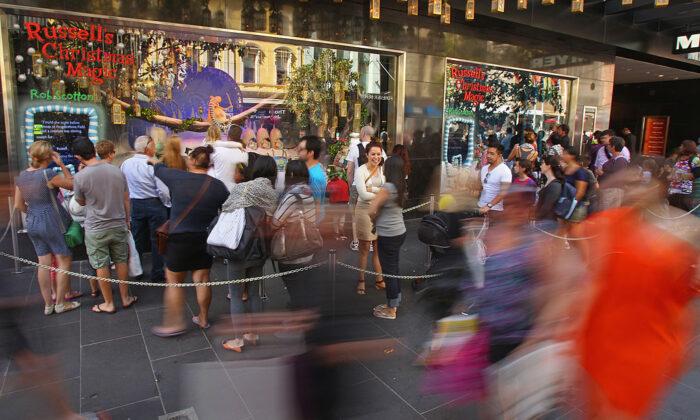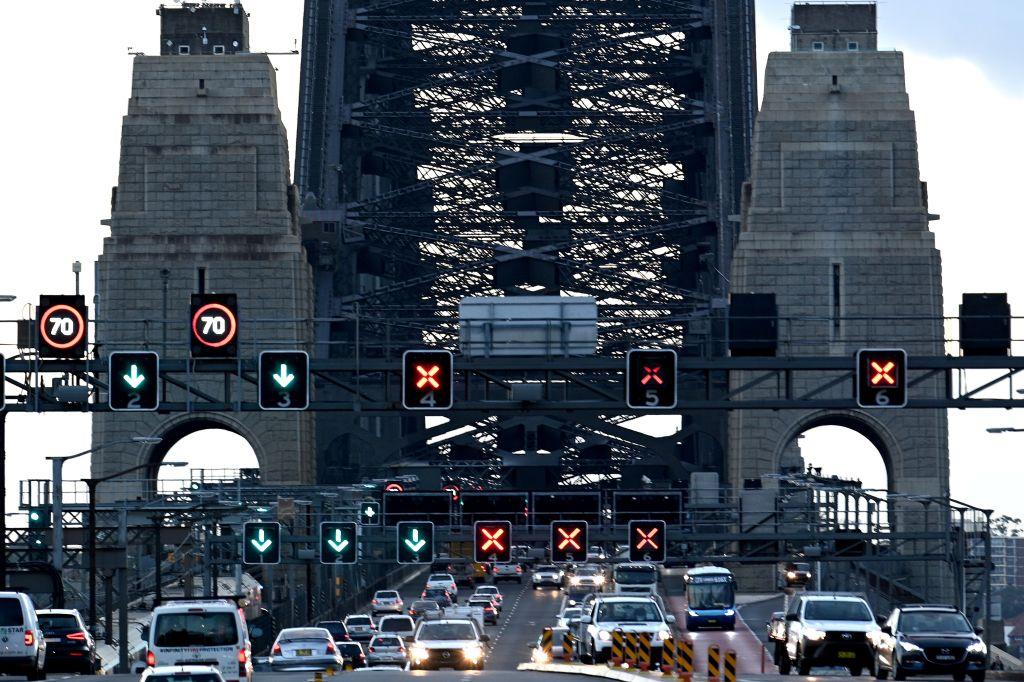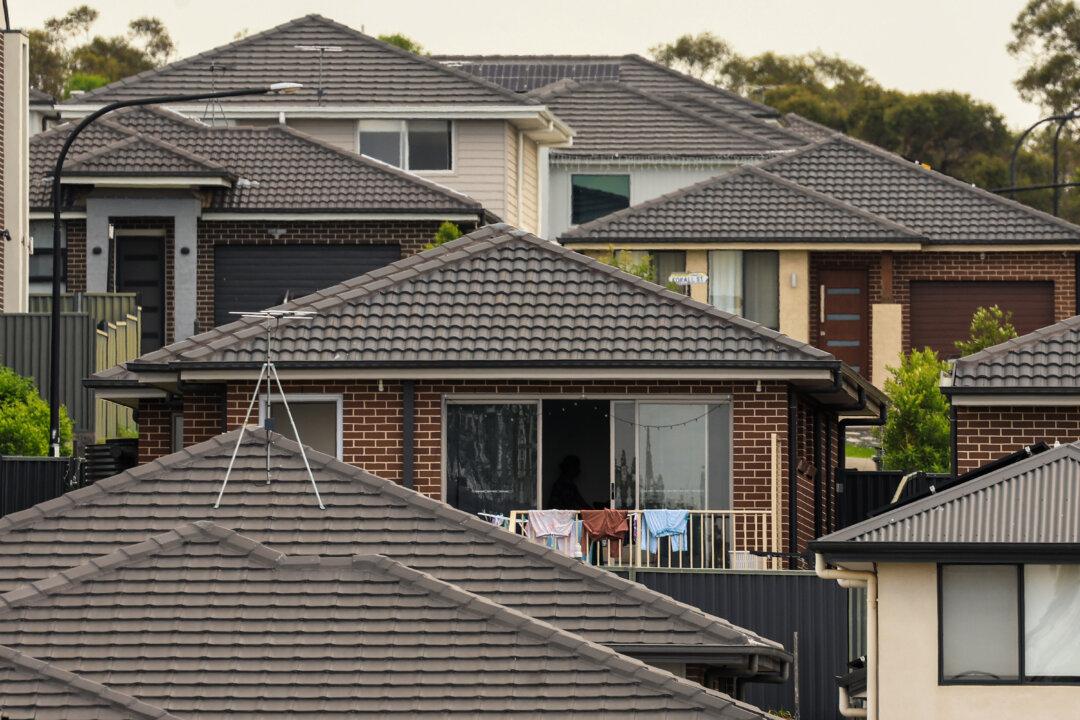Confidence readings this week will show how consumers and business feel about the early stages of Australia’s economic recovery from the first recession since the early 1990s.
Reserve Bank governor Philip Lowe will also have a chance to embellish on his view of last week’s national accounts which showed the economy had expanded by 3.3 percent in the September quarter.
This was a rebound from the nation’s record seven percent contraction in the June quarter and marked the end of the technical recession.
Lowe’s initial response to the figures, while facing a parliamentary committee, was “good”.
The governor will address the Australian Payments Network on Monday morning.
The weekly ANZ-Roy Morgan consumer confidence index is released on Tuesday.
The index is a pointer to future household spending and one that has risen 12 times in the past 13 weeks to its highest level since late February.
The National Australia Bank will also release its monthly business survey for November on Tuesday.
Business confidence surged to its highest level since mid-2019 in October, although conditions showed only a marginal improvement.
Rounding up the spread of confidence readings, the Westpac-Melbourne Institute consumer sentiment index for December is released on Wednesday.
In November, this index soared to a seven-year high, an encouraging sign for retailers during their peak Christmas period.
Confidence is seen as critical to the economic outlook.
Last week in its latest Economic Outlook, the Organisation for Economic Cooperation and Development warned a key risk to the Australian economy is a fall in business and consumer confidence, as reduced government support is accompanied by business liquidations and unemployment.
Among other data this week, the ANZ job advertisement report for November is released on Monday and the Australian Bureau of Statistics will issue its residential property price indexes for the September quarter on Tuesday.
Meanwhile, Australian shares look set for a firm start to the week as Wall Street continued its record-breaking run on Friday, despite a disappointing set of US jobs figures.
The data showed just 245,000 jobs were added to the economy in November, half of what economists were expecting. It was the fifth straight month of slowing jobs growth.
However, investors are betting the report was bad enough to end the paralysis in Congress and it delivers more support for the economy.
All key indices finished at record highs.
The S&P 500 rose 0.9 percent to 3,699.12, a 1.7 percent gain for the week.
The Dow Jones Industrial Average picked up 0.8 percent to 30,218.26 and the Nasdaq composite was 0.7 percent higher at 12,464.23.
Australian share futures were trading 42 points up, or 0.6 percent, at 6682 in response.
The S&P/ASX200 benchmark index had closed 0.3 percent higher at 6,634.1 on Friday.
This index climbed 0.5 percent on the week, its fifth straight gain, and edging ever closer to its starting point for the year at 6,684.07.





